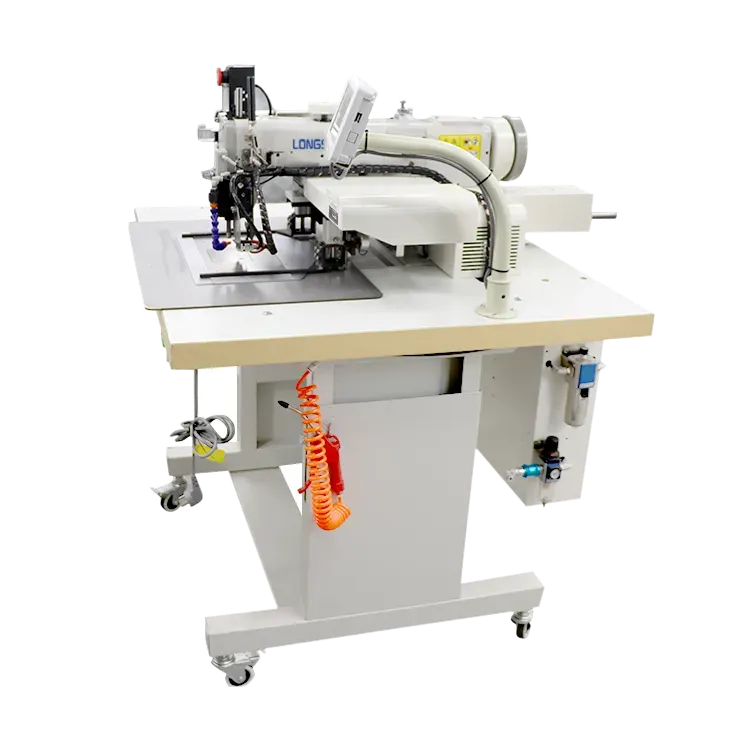leather sewing for beginners
Leather Sewing for Beginners A Step-by-Step Guide
Leather crafting is a rewarding and creative hobby that has gained popularity among DIY enthusiasts. For beginners, diving into leather sewing might seem daunting, but with the right approach and tools, it can be an enjoyable experience. Whether you're looking to create wallets, bags, or even accessories, understanding the basics will get you started on the right foot.
1. Gather Your Materials
Before you start sewing, it's important to gather all the necessary materials. At a minimum, you will need
- Leather Choose a piece of vegetable-tanned leather, which is easier to work with for beginners. - Cutting tools A sharp utility knife, rotary cutter, or leather scissors are essential for cutting your leather accurately. - Needles Heavy-duty leather needles or curved needles work best for sewing leather. - Thread Use waxed thread as it is strong and adds a nice finish to your seams. - Tools Invest in a few basic tools like a cutting mat, ruler, compass, and hole punch to prepare your pieces.
2. Design Your Project
After gathering your materials, sketch out your design. Begin with simple projects like a cardholder or a small pouch, as they are less complex and allow you to learn the basics of leather sewing without getting overwhelmed. Make sure to create a pattern that outlines every piece you'll need.
leather sewing for beginners

Once your design is ready, it’s time to cut the leather. Place your pattern onto the leather and use a ruler to measure accurately before cutting. Use a sharp knife or rotary cutter for clean, precise cuts. Remember, it’s always better to cut slightly larger than needed, as you can trim it down for a perfect fit later.
4. Punching Holes
To sew leather, you’ll need to punch holes. A regular sewing machine can't stitch through leather, so hand sewing is the way to go. Use a hole punch to create evenly spaced holes along the edges of the pieces you intend to sew together. This step is crucial, as uneven holes can lead to a lopsided finish.
5. Sewing the Pieces Together
Now comes the fun part—sewing! Start with a simple running stitch or saddle stitch, which is preferred by many leatherworkers for its durability. Thread your needle and push it through the first hole, bringing it back through the next hole, alternating sides. Keep your tension consistent, but don’t pull too hard to avoid damaging the leather.
6. Finishing Touches
Once you’ve sewn all pieces together, trim any excess thread and make sure to secure knots properly. You may want to finish the edges with an edge tool to create a polished look. Lastly, consider applying leather conditioner to enhance the finish and protect your piece.
By following these steps, you'll find leather sewing to be an engaging and fulfilling craft. As you gain confidence, don’t hesitate to experiment with different designs and techniques. Happy sewing!
-
Industrial Cylinder Arm Sewing Machine: Revolutionizing Heavy-Duty SewingNewsJul.28,2025
-
Cylinder Arm Sewing Machine: Perfect for Special Sewing ApplicationsNewsJul.28,2025
-
Cylinder Bed Sewing Machine: Essential for Sewing Complex MaterialsNewsJul.28,2025
-
Heavy Duty Sewing Machine: The Essential Tool for Industrial ApplicationsNewsJul.28,2025
-
Computerized Pattern Sewing Machine: Revolutionizing Precision StitchingNewsJul.28,2025
-
Heavy Duty Industrial Sewing Machine: Power Meets PrecisionNewsJul.28,2025
-
Leather Sewing Machine: The Industrial Standard for Tough MaterialsNewsJul.18,2025





























